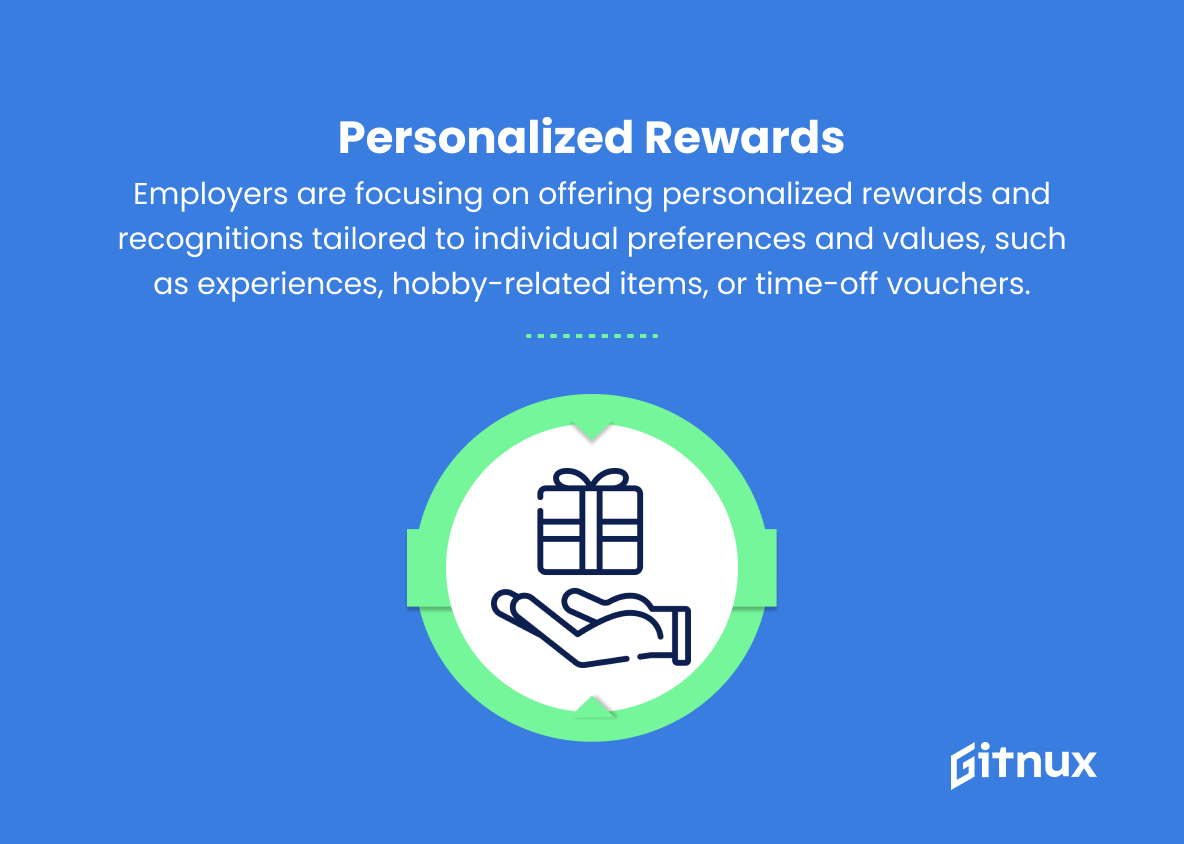In today’s fast-paced and ever-evolving corporate world, employee satisfaction and motivation have become essential factors for successful organizations. One of the most effective ways to achieve this is through employee recognition, a practice that is far more complex than simply rewarding your staff for their hard work.
Employee recognition trends have come a long way, and they continue to evolve every year. These trends not only set the tone for a positive work culture but also contribute immensely to increased productivity and employee retention.
This blog post aims to dissect the latest employee recognition trends that are taking the corporate world by storm, and delve into the reasons behind their success. Join us as we explore these innovative practices and learn how to implement them in your workplace, for a seamless integration of recognition and appreciation into your organization’s DNA.
Top Employee Recognition Trends
1. Virtual recognition platforms
With the increase in remote work and virtual teams, companies are embracing online platforms to recognize and reward employees. These platforms provide a space for sharing achievements, celebrating milestones, and sending personalized messages of appreciation.
2. Social media shoutouts
Using social media platforms like LinkedIn, Twitter, and Facebook to recognize employee successes and accomplishments on a public stage, giving them a broader audience to share their achievements with.
3. Gamification and badging
Gamification is the use of game-like features to engage and motivate employees. This trend involves rewarding employees with points, badges, or levels for completing tasks, hitting targets, or achieving milestones, helping to make the workplace more fun and engaging.
4. Peer-to-peer recognition
This encourages employees to not only receive recognition but also give it to their colleagues, fostering a culture of appreciation and collaboration.
5. Instant rewards
Companies are moving away from annual bonuses and instead opting for small, frequent rewards to acknowledge employees’ hard work and accomplishments in real-time.
6. Personalized rewards
Employers are focusing on offering personalized rewards and recognitions tailored to individual preferences and values, such as experiences, hobby-related items, or time-off vouchers.
7. Focus on learning and development
Employers are recognizing employees for completing course certifications or attending industry conferences, emphasizing the importance of continuous learning and professional growth.
8. Employee well-being initiatives
Companies are adopting well-being programs and initiatives to recognize employees who prioritize their physical, mental, and emotional well-being, such as offering gym membership reimbursements or organizing meditation sessions.
9. Career milestone celebrations
Employers are making a conscious effort to celebrate major career milestones, like work anniversaries, promotions, or retirements, to recognize employees’ commitment and dedication to the organization.
10. Incorporating company values
Employers are linking recognition and rewards to the company’s core values, ensuring that employees are not just rewarded for achieving goals but also for exemplifying the company’s culture and values.
11. Emphasis on team achievements
Companies are recognizing the collective efforts of teams by celebrating their achievements together, fostering teamwork and collaboration across the organization.
12. Transparency in recognition
Providing visibility into employee recognition efforts through company newsletters, emails, or team meetings ensures that the entire organization understands and appreciates each other’s achievements.
13. Employee-generated content
Encouraging employees to create and share content, such as video testimonials or blog posts, about their experiences and accomplishments within the company promotes a culture of recognition and pride.
14. Diversity and inclusion initiatives
Recognizing employees for their efforts in fostering diversity, equity, and inclusion within the organization plays a significant role in creating a healthy and inclusive workplace culture.
By considering these employee recognition trends and carefully implementing them within their organization, employers can cultivate a positive work environment, boost employee morale and motivation, and ultimately, improve productivity and retention.
Implications
In today’s rapidly evolving business landscape, employee recognition trends such as virtual recognition platforms, social media shoutouts, gamification, peer-to-peer recognition, instant rewards, and personalized rewards play a pivotal role in reinforcing a positive workplace atmosphere, ultimately leading to enhanced employee satisfaction and productivity.
Emphasizing aspects like learning and development, well-being, career milestones, and adherence to company values allows organizations to holistically acknowledge employee achievements while promoting continuous growth.
Simultaneously, by focusing on team accomplishments, fostering transparency, and encouraging employees to create and share their own testimonials, employers can nurture collaboration and instill pride in the company culture.
Furthermore, prioritizing diversity and inclusion initiatives highlights the importance of a healthy and inclusive work environment. By thoughtfully implementing these trends, companies can ensure high employee morale and retention, contributing to their long-term success.
Conclusion
In conclusion, employee recognition trends are continuously evolving, as businesses recognize the importance of appreciating and rewarding their employees. It is essential for organizations to stay updated on these trends and adopt innovative strategies to boost employee morale, productivity, and retention.
By understanding the significance of personalized incentives, leveraging technology, creating an inclusive culture, and promoting continuous learning, companies can ensure a highly motivated workforce that is committed to their organization’s success. In the long run, investing in employee recognition ultimately leads to greater growth, profitability, and a happier work environment for everyone involved.














